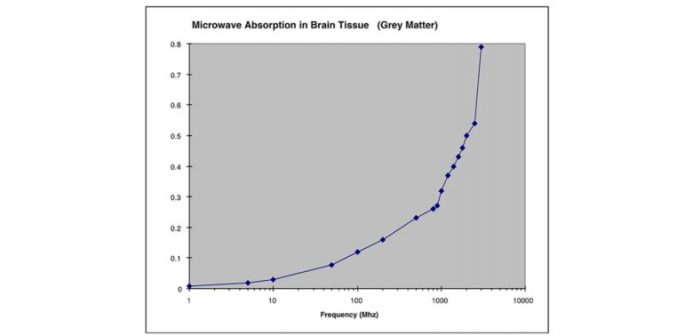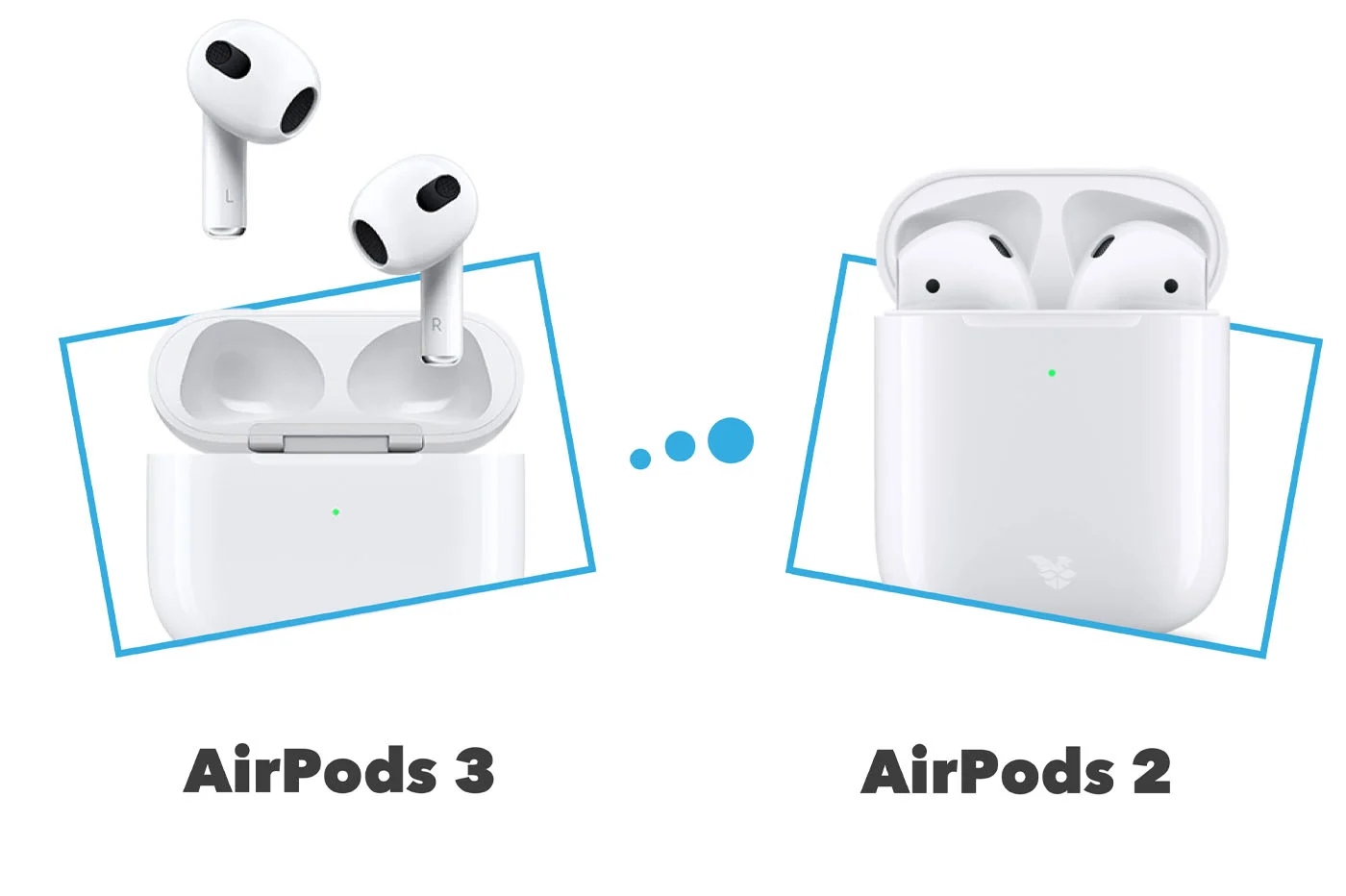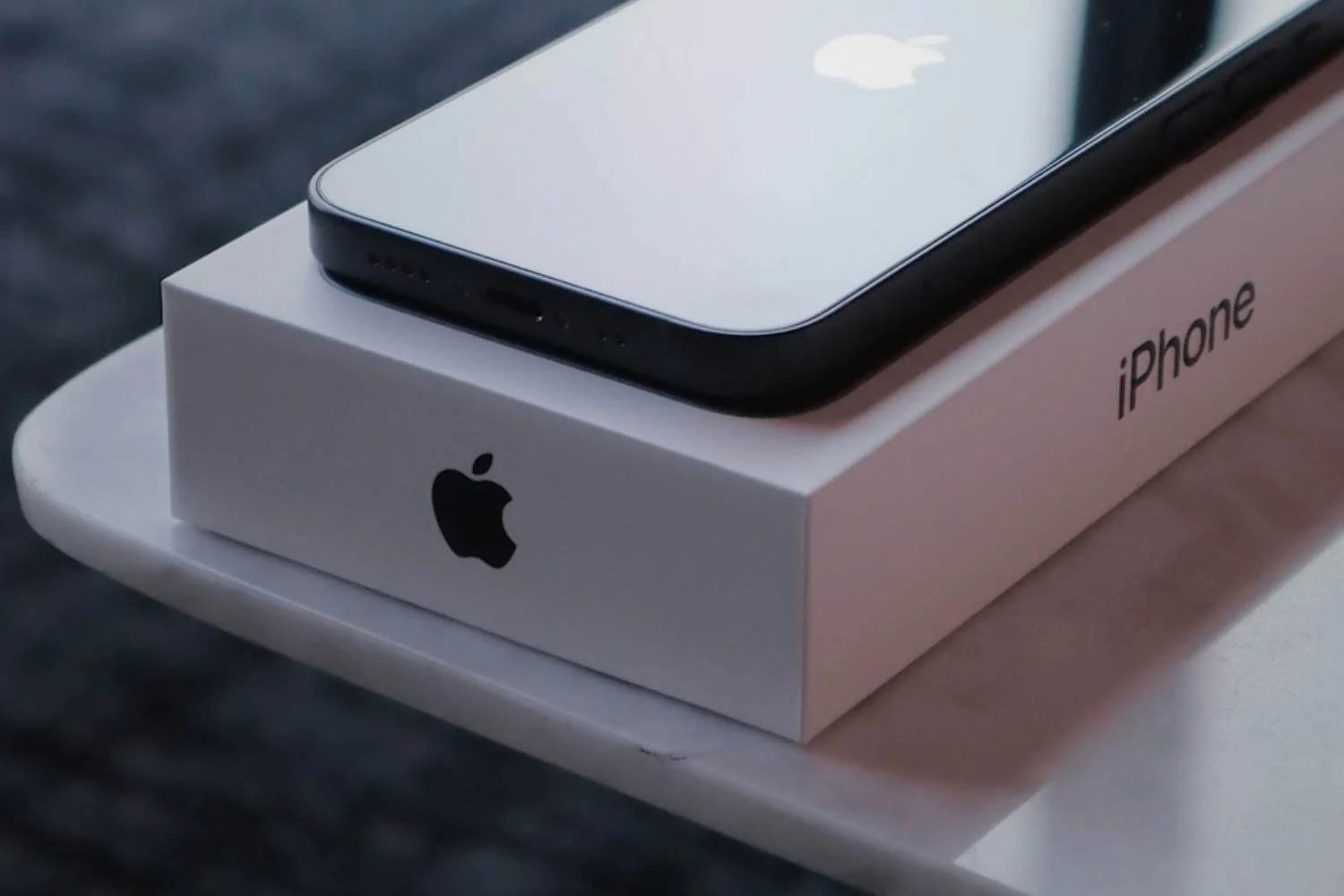What do we have in common with Asian pickled vegetables, the Aloe vera plant, and the radio frequencies from our smartphones? All three are classified as “possibly carcinogenic” by the International Agency for Research on Cancer (IARC). This label is making many people upset today, while the 5G network is gradually being deployed across the world.
The cancerous fear of the deployment of 5G
While South Korea announced that it had exceeded one million subscribers to the 5G network at the beginning of last June, the fifth generation of the network is being deployed more slowly in the rest of the world. In France, ARCEP would like to see operators offeradequate infrastructure in major cities by 2021. At Apple,all iPhones in 2020 could be equipped with 5G modem, eta 5G MacBookcould be presented next year as well.
Thus, the network and its exponentially increasing speed will be available soon. But for many users, its arrival would cause harmful effects, particularly in terms of health. Already with 3G and 4G, some hesitants warned that the radio frequencies emitted would be carcinogenic. At the heart of the fears, the emissions of waves at increasingly higher frequencies, which would penetrate the body and in particular the brain.
A misleading study on electromagnetic radiation
Increasingly popular, especially on social networks, the theory is based on a study dating from the year 2000 and published by physicist Bill P. Curry, as indicated by the New York Times. According to his research, the scientist declared that“high frequency electromagnetic waves cause brain cancer in those exposed to them”, illustrating his remarks with the following graph:

© New York Times
This curve would indicate the level of wave absorption in the brain tissue. The higher the frequency, the more these emissions would penetrate our brain, with the harmful effects mentioned.
Except that since then, the study has been denied. In his research, Bill P. Curry did not take into account the importance of the presence of the skin, making it possible to protect our organs against this "non-ionizing" radiation, that is to say at low frequencies of types radio frequency, microwave and infrared, and those below the frequency of visible light. However, our skin is by nature opaque to light, therefore also opaque to other radiation, including ionizing radiation (UV rays, X-rays, gamma rays) and those at much higher frequencies.
But then, why is 5G “possibly carcinogenic”?
For many associations, the arrival of 5G would be harmful due to the fact that the IARC and the WHO define radio frequencies as “possibly carcinogenic”. However, this classification needs to be explained, as it is rightly mentioned to indicate the absence – to date –“significant evidence of adverse health effects”.
Science discovers by observing. However, it is always difficult to prove the absence of something beyond all doubt. Therefore, in the absence of concise proof, this label will always remain present, still animating debates on hypotheses that are in no way reality.

i-nfo.fr - Official iPhon.fr app
By : Keleops AG
Editor for iPhon.fr. Passionate about the world of tech, new technologies and automobiles. Photographer in his spare time, and podcaster.






